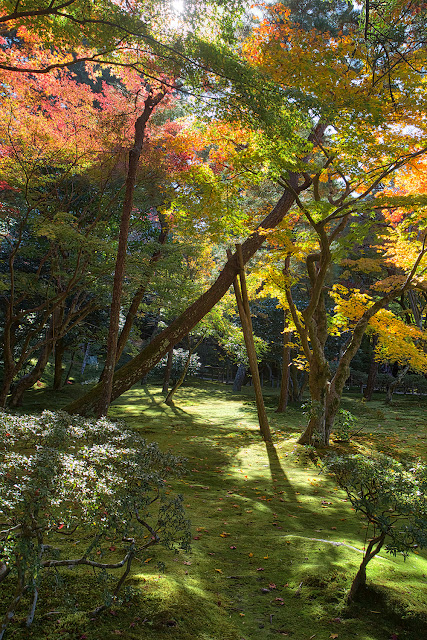Hashima island is around 15 kms off the coast of south-western Nagasaki city - in Kyushu. You can get to this island easily via a half day trip from the city.
One reason for visiting this island is that it's had a long reputation for being one of the most populous places on earth - averaging 5000 people per sq km at its peak. The simple reason for this is that in 1887 the Japanese discovered coal on the island and began developing what was to be a very rich source of high quality coal directly under the island. Seams ran for great distances under the sea bed and as the mine became increasingly sophisticated, so the mine, and the island's population grew.
The island, often called
Gunkanjima or
battleship island, because of its profile, was formally approved as a UNESCO World Heritage site in July 2015, as part of Japan's Sites of Japan’s Meiji Industrial Revolution: Iron and Steel, Shipbuilding and Coal Mining.
It also has a dark past as the Japanese authorities used slave labour to mine coal - mostly Chinese and Korean prisoners - during the war years - and, as I understand it, the only reason that the Japanese could get this UNESCO label was if they acknowledged this
dark past. As is often the case with this kind of issue, everyone denies it ever happened and the titles was approved without any real settlement of the labour question.
The company operating the tour (Gunkanjima Concierge) spent most of the 90 minute trip (there and back) running a commentary on the island's history, complete with heaps of pictures and video, but nothing that I heard or saw referred to the war years...
It's not
Cockatoo Island but it's certainly an interesting spot to visit although the repetitive, over-the-top safety and infotainment spiel wore very thin, very quickly.
 |
| The boat circles the island first before landing at the newly-built jetty to off-load the passengers |
 |
| Parts of the island appear to have been bombed or purposely blown up - huge concrete walls lie collapsed in the rubble of the former mine that was closed in 1974 |
 |
| Because of its decrepitude you are not allowed near the buildings |
 |
For the millions of tons of coal that were extracted off this island, there's precious little space for the inhabitants to move around.
Kids used the apartment rooftops as their playground... |
 |
| All these images are HDR brackets, processed in Aurora HDR Pro - then sandwiched with a second version processed using Jixi Pix Grungetastic |
 |
| It was a crowded, wet day on the island... |
 |
| Whatever it is you are thinking of doing, don't! |




















































